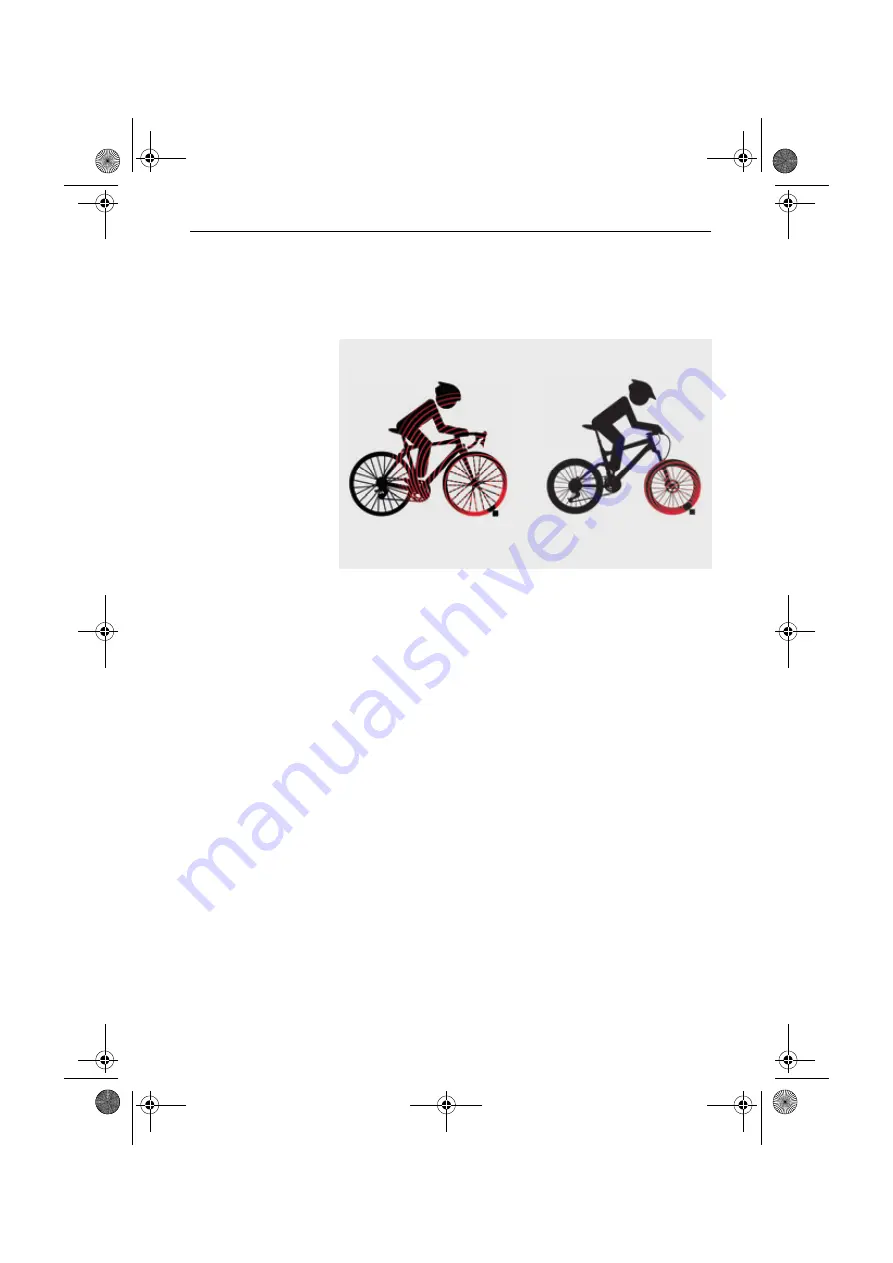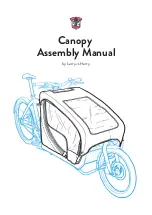
34-03141_1.0_11.06.2018
22
Description
3.3.2
Suspension
A suspension fork has two functions which improve floor
contact and comfort: suspension and damping.
Figure 5:
Vehicle without suspension (tension load) and with suspension (2)
when riding over an obstacle
The suspension prevents impacts such as those caused
by a stone lying in the vehicle's path from being
channelled directly into the rider's body via one of the
forks. The impact is absorbed by the suspension system
instead. This causes the fork to compress. Compression
can be disabled, so that a fork responds like a rigid fork.
The compressed fork then returns to its original position.
The rear frame damper decelerates movement,
preventing the suspension system from springing back in
an uncontrolled manner, and the fork from vibrating up
and down.
Dampers which dampen rebound deflection movements,
i.e. compensate rebound load, are called rebound
dampers or rebound dahspots.
Dampers which dampen the compressive deflection
movements, i.e. compensate the compressive load, are
called compression dampers or compression dashpots.
The rebound damper controls the suspension rebound
speed after deflection. The suspension rebound speed
2
1
EN 034-03141_0.01_09.18_BULLS BROSE_45_MY18.book Page 22 Monday, June 11, 2018 1:14 PM
















































